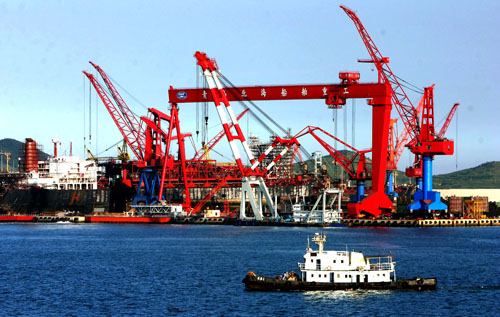Mg是地球上最豐富的元素之一,因其具有相對較高的電化學反應活性,發揮Mg的全部潛力的關鍵是控制材料的表面反應性,這可能為其諸多潛在應用領域帶來獨特的挑戰:在運輸應用(如航天、汽車等)中需要防止腐蝕,以確保材料的完整性;在醫療應用(如臨時的、可生物降解的骨植入物)中需要根據病人的具體損傷來確定降解速度,以支持病人的恢復;在電池的鎂負極應用中需要穩定的溶解速率以保持恒定的輸出電壓。小分子的有機物在控制這些應用領域的腐蝕方面表現出巨大的潛力,但目前僅靠高通量技術實驗方法篩選潛在的小分子的有機物仍無法全面探索小分子的巨大化合物空間。因此,利用數據驅動的計算方法是否有可能更快更有效地搜索并篩選出各種具有可調緩蝕Mg離子的有機分子,非常值得探索。
由德國亥姆霍茲中心材料系統建模研究所的Roland C. Aydin教授和表面科學研究所的Christian Feiler教授領導的團隊發現,稀疏特征選擇方法可以幫助識別那些攜帶最有價值的分子描述符,以用于預測有機小分子對鎂合金降解的緩蝕速率。除了經典的結構描述符,直接從DFT計算中導出的描述符也有一定作用,可作為備用方法。有趣的是,備用特征選擇的方法揭示,化學高級模板搜索(CATS)的描述符具有巨大的應用潛力,如應用于人工智能驅動的藥物發現。作者的研究表明,編碼的藥效基團特性也有助于描述有機小分子與金屬離子(如Mg2+和Fe2+/3+)形成配合物的能力。在某些情況下,DFT衍生的描述符LUMO似乎作用重大,個體和群體特征選擇的結果也證實了這一結論。對于小樣本數據集,作者展示了自動編碼器檢測數據集中潛在的卓越能力。不過,作者開發的特殊處理方法很可能僅是大幅提高數據驅動的預測緩蝕速率的重要的第一步,只是為未來進一步研究開辟了一條充滿希望的道路。
該文近期發表于npj Computational Materials 7: 193 (2021),英文標題與摘要如下,點擊“閱讀原文”可以自由獲取論文PDF。
鏈接地址: https://www.nature.com/articles/s41524-021-00658-7#Sec7

Predicting the inhibition efficiencies of magnesium dissolution modulators using sparse machine learning models
Elisabeth J. Schiessler, Tim Würger, Sviatlana V. Lamaka, Robert H. Mei?ner, Christian J. Cyron, Mikhail L. Zheludkevich, Christian Feiler & Roland C. Aydin
The degradation behaviour of magnesium and its alloys can be tuned by small organic molecules. However, an automatic identification of effective organic additives within the vast chemical space of potential compounds needs sophisticated tools. Herein, we propose two systematic approaches of sparse feature selection for identifying molecular descriptors that are most relevant for the corrosion inhibition efficiency of chemical compounds. One is based on the classical statistical tool of analysis of variance, the other one based on random forests. We demonstrate how both can—when combined with deep neural networks—help to predict the corrosion inhibition efficiencies of chemical compounds for the magnesium alloy ZE41. In particular, we demonstrate that this framework outperforms predictions relying on a random selection of molecular descriptors. Finally, we point out how autoencoders could be used in the future to enable even more accurate automated predictions of corrosion inhibition efficiencies.
![]()
免責聲明:本網站所轉載的文字、圖片與視頻資料版權歸原創作者所有,如果涉及侵權,請第一時間聯系本網刪除。

官方微信
《腐蝕與防護網電子期刊》征訂啟事
- 投稿聯系:編輯部
- 電話:010-62316606-806
- 郵箱:fsfhzy666@163.com
- 腐蝕與防護網官方QQ群:140808414





